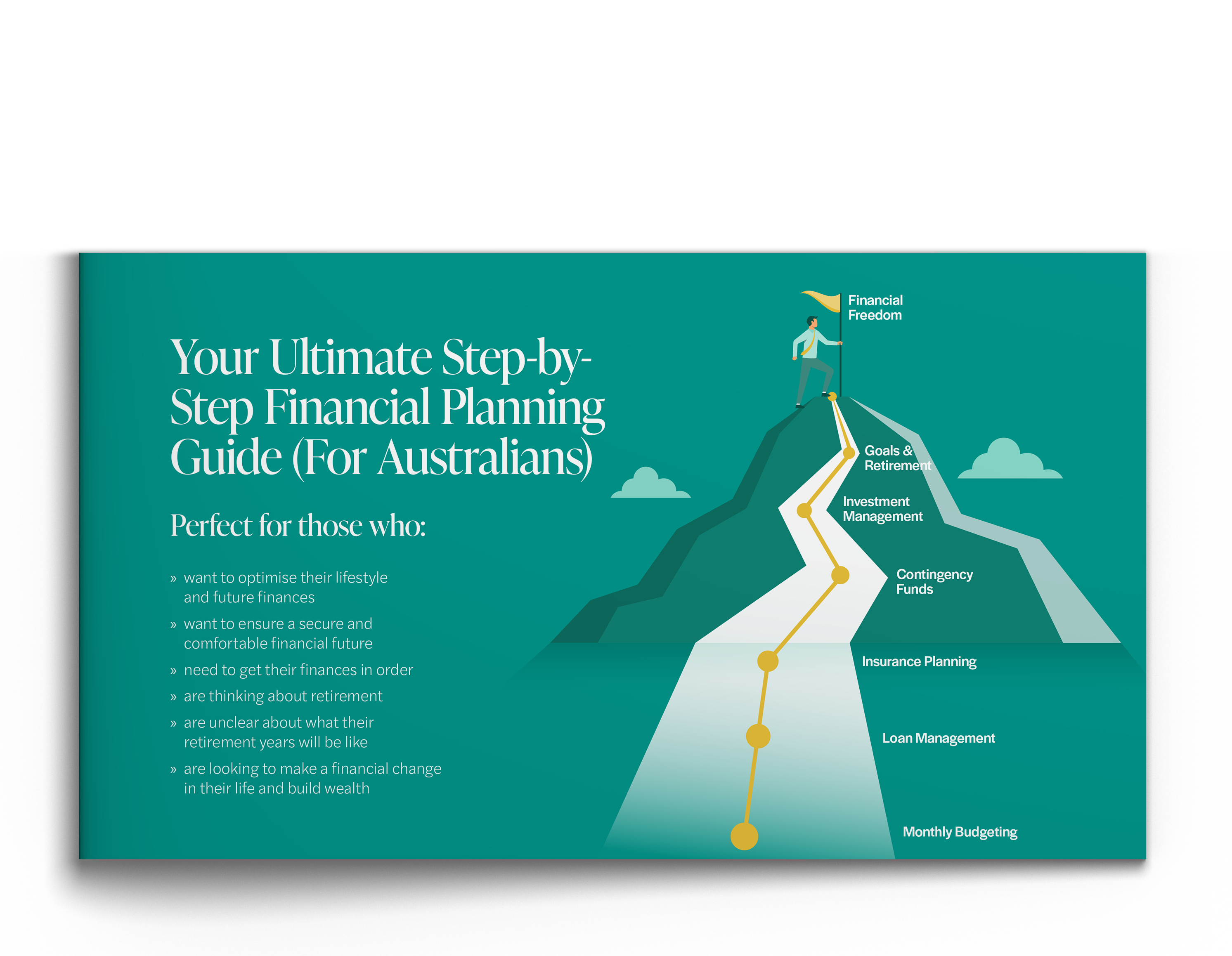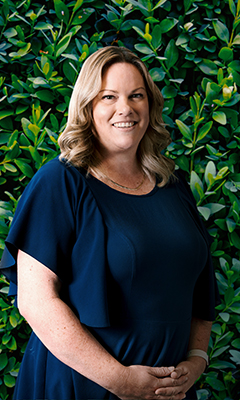When it comes to Superannuation in Australia, complexity is the problem; it is NOT as simple as employers putting 10.5% of your salary into employees’ chosen super fund, but it is an incredibly useful leverage to a successful retirement.
Superannuation is there to provide you with an income when you no longer work and may provide a tax-effective way to save for your retirement over the long-term. In time, your super will become one of your largest assets. However, there can be a lack of transparency (with its fees and investment returns) and a lack of clarity surrounding investment options, tax regulations and contributions/withdrawal rules.
To muddle things further, every Government likes to make changes to the system; changes that often sit over the top of previous ones, creating layers of complications.
Every layer of complexity and change builds yet another veneer of mistrust amongst the public towards super; people feel like a future Government might just pull the rug from under them – right when they need to access their super – leading to most people under-utilising their super.
Yet, when optimised, superannuation is incredibly effective as a retirement savings system for Australians. In this blog, we will build your understanding of how you can take advantage of super to supercharge your long-term savings.
The most tax-effective way to save
Let’s be honest — we’re always looking for ways to minimise tax! So at Green Associates, it always surprises us to hear clients say that they don’t “believe” in super, because despite its complexities, super is still the most tax-effective way to save for your future.
An individual can make extra super contributions to pay less tax and save more for now and the future.
In addition to the super guarantee paid by your employer, you can make the following concessional contributions:
- Set up a salary sacrifice arrangement where your employer contributes some of your pre-tax salary into super.
- Make personal deductible contributions which can be claimed as a tax deduction.
Both concessional contributions and non-concessional contributions are generally taxed at up to 15%, which is lower than the marginal tax rates that you likely pay on your income, equating to significant tax savings.
Here’s a quick but effective example:
- You earn $80,000 per year. Without the Medicare Levy of 2%, your tax liability for FY2022-23 would be $16,467.
- You decide to make a concessional contribution to your super fund of $10,000. Your contribution tax at 15% is $1,500.
- Because your taxable income is reduced to $70,000, your tax liability is reduced to $13,217, a saving of $3,250 on income tax.
Thanks to super, you’ve therefore added $10,000 towards safeguarding your future and saved your present-self some money too; even when considering your contribution tax, you’ve still saved $1,250.
If your super is in a platform or an SMSF, you will see through the tax management that investment earnings are only taxed at 15% and capital gains at 10%; the effective rate of tax can be reduced further with franking credits and deductions. These tax concessions are also applied to Pooled Super Trusts (PST) like industry funds but not at the individual member level.
While there are limits on the amount of concessional contributions you can make each year, the contribution cap is quite generous at $27,500.
The concessional catch-up game
If this is the first time you’ve heard of the cap, you might be wondering what happens to all those unused amounts from previous financial years.
If your balance was below $500,000 at the last 30 June, you might be eligible to accrue the unused amounts since 2018 and make catch-up contributions. There are other eligibility rules which can be found on the ATO website.
This is particularly handy should you find yourself in a high-income year — for example, you might have received a bonus or sold an asset. Instead of letting the tax liability eat into your gains, consider making a large concessional contribution as a tax offset that also works for your future.
Carry forward rules have been introduced to allow you to access unused concessional cap amounts from previous years – for up ot 5 years earlier. Read up on how you can access this rule here.
A more tax-effective retirement
The tax savings with super continue when you are a pre-retiree and retiree.
When you reach preservation age (currently 60 for most people), you can start a Transition To Retirement (TTR) income stream. This is where you can reduce the amount of hours you work and have your income topped up with a pension from your super.
While these pension payments are still taxed at your marginal tax rate if you are under age 60, there are taxable and tax free component based on your contribution history. There is a 15% tax offset applied to the taxable portion of the payment, and you receive the tax-free component, well tax-free. If you are over age 60 the pension payments will all be tax-free. Again, the exact eligibility criteria and considerations can be found on the ATO website.
The magic of compounding
With all the above, what supercharges your savings the most, however, is not the tax savings but the simple power of compounding on your super balance.
Compounding for super is the concept where the earnings on your super is reinvested, allowing your balance to grow over time. You therefore earn returns not only on the initial contributions but also on the returns generated by those contributions. Over time, the power of compounding can help your super balance grow significantly.
Here’s an example.
According to Australian Super, a 35-year old Australian female has $85,000 in super. Let’s say you are this person and you currently earn $90,000 per year. Your employer is making the mandated 10.5% contribution of $9,450 per year.
Assuming your super account earns an average return of 7% per year and your salary remains constant, here’s how your balance could grow over time, all thanks to compounding:
- At 40 years old, your balance would be around $148,500
- At 55 years old, your balance would be around $640,700
- At 65 years old, your balance would be around $1,522,500.
You then decide to make an extra contribution of just $5,000 per year:
- At 40 years old, your balance would be around $166,300, an increase of $17,800
- At 55 years old, your balance would be around $808,600, an increase of $167,900
- At 65 years old, your balance would be around $1,962,700, an increase of $440,200.
Imagine how these numbers can grow then if your salary increases and if you make larger contributions — the magic of compounding is undeniable!
How to find your lost or unclaimed super
At last count, there was more than $13 billion in lost and unclaimed super waiting to be claimed across Australia.
That can happen when you set up a new super fund and forget to roll over what you accumulated in a previous one, or if you forget to update your details with your providers when you change them.
You can search for lost or unclaimed super by doing a super search with your current super fund or by logging into your MyGov account to find your super funds.
So how can a Green Associates financial adviser help my super and me?
Here are some ways our superannuation advice and planning service can help you:
- Ascertain how much super you should have when you retire in order to enjoy your desired lifestyle
- Create a strategy that helps you maximise your super while minimising tax, outlining tactics like what extra contributions you can and how much
- Review and adjust your strategy as circumstances change, including regulatory changes.
If you would like to create a tailored superannuation strategy, book an appointment with a Green Associates Financial Planner and Adviser today to set up your first consultation and be on your way to using the superpowers of your super!




